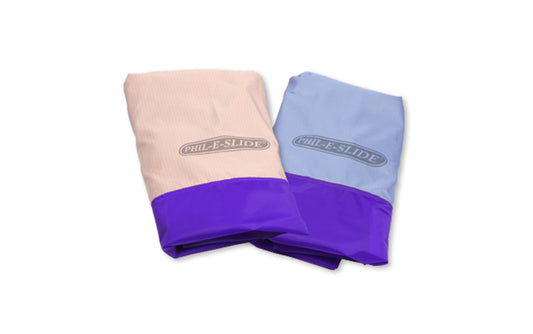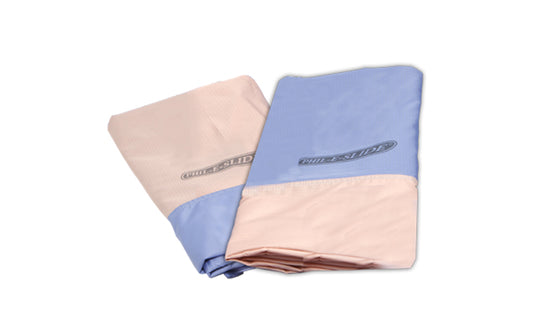Our Mission
The mission to protect tissue integrity
“No matter how well-intentioned care is, how tissue integrity is protected tells all.”
The above is a powerful statement and a topic that we’re passionate about at Phil-e-Slide. We understand Health and Social Care professionals want to give care to the best of their abilities. However, the outcome of their good intentions, especially in the area of tissue integrity, is limited by their organisation’s current products and practices*.
In our opinion, protecting tissue integrity needs a change in thinking and use of both products and practices to prevent harm to patient skin integrity. However,
- The majority of bed mattresses (all types), bed linen, slide sheets as well as other moving and handling products are still causing tissue loading, distortion and cell death
- Interface synergy between patient, resting surface and carer is often overlooked when assessing ‘inbed’ patient care
- According to the Wound Research Centre, Tissue Damage research funding in 2014 spent just 30-35% on prevention in comparison to 65-70% on treatment.
‘Inbed’ care systems need to proactively protect tissue integrity by:
- Having a multiple interface synergy so that tissue integrity is maintained whilst providing the ideal inbed care environment.
- Using products (like the forthcoming iSlide from Phil-e-Slide) that work with natural forces such as gravity to reduce harm to patient skin integrity.
- Enabling practices where the need for physical movement of patients by their carers is significantly reduced or eliminated.
Protecting tissue integrity needs a change
-
Prevent harm to patient skin
In our opinion, protecting tissue integrity needs a change in thinking and use of both products and practices to prevent harm to patient skin integrity. However,
- The majority of bed mattresses (all types), bed linen, slide sheets as well as other moving and handling products are still causing tissue loading, distortion and cell death
- Interface synergy between patient, resting surface and carer is often overlooked when assessing ‘inbed’ patient care
- According to the Wound Research Centre, Tissue Damage research funding in 2014 spent just 30-35% on prevention in comparison to 65-70% on treatment.
-
Proactively protect tissue integrity
‘Inbed’ care systems need to proactively protect tissue integrity by:
- Having interface synergy so that tissue integrity is maintained whilst providing the ideal inbed care environment
- Using products (like the forthcoming iSlide from Phil-e-Slide) that work with natural elements such as gravity to reduce harm to patient skin integrity
- Enabling processes where the need for physical movement of patients by their carers is significantly reduced or eliminated.




